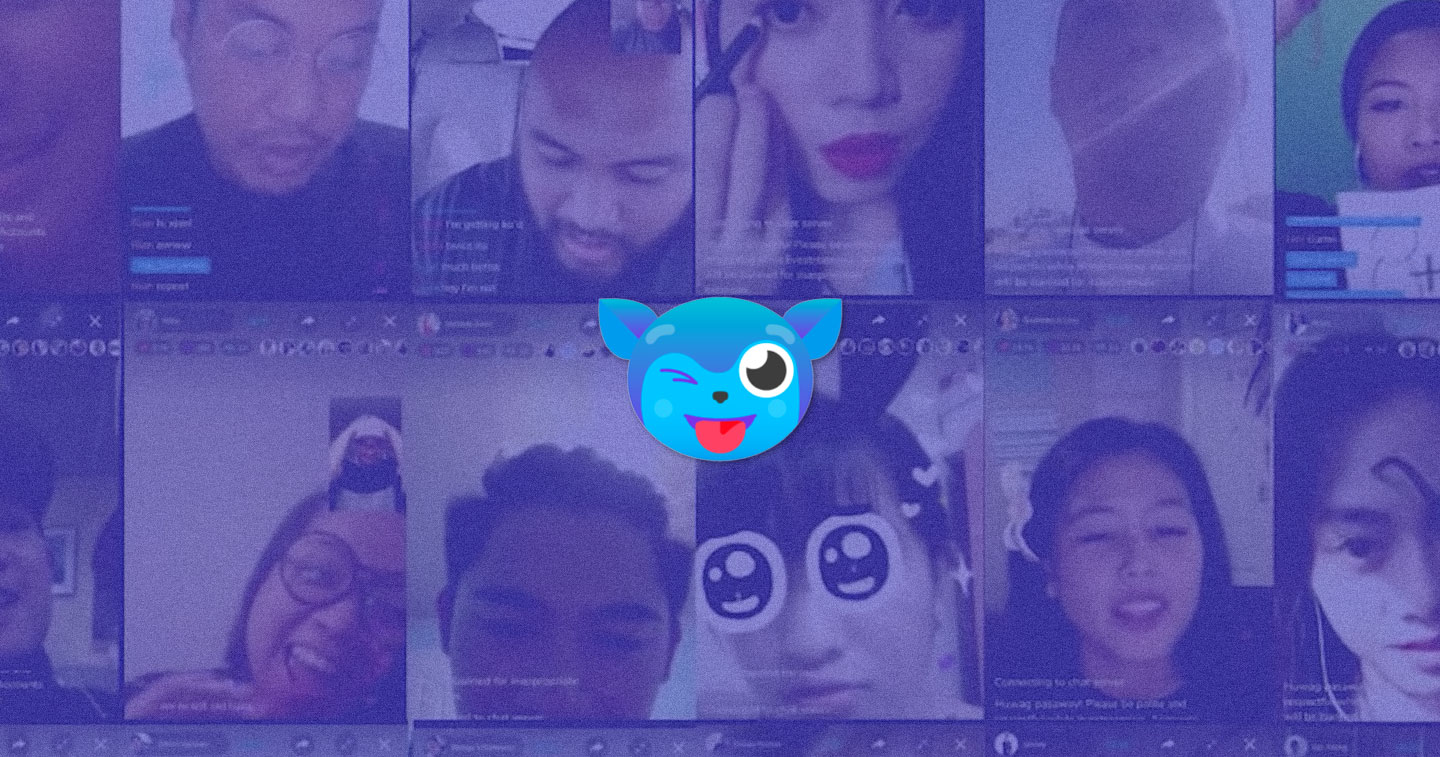Words by Gracy Fernandez
Asia’s flourishing content ecosystem
The watershed moment for Netflix came on July 18, 2013. The video-on-demand platform, which had long aggregated the shows and films of other studios, finally gained mainstream recognition for its original programming with an Emmy Award for House of Cards. Netflix has finally arrived, but not without controversy: Some critics argued that the platform should not be eligible for such nominations and awards.
Will a similar controversy brew in the Asia Pacific? There are several content platforms rising to prominence in the region, across both video streaming and even livestreaming, creating original programming that can challenge mainstream media.
One example is Malaysia’s iFlix, which ventured into its own productions with Iflix Originals, beginning last year with a show featuring Malaysian comics too raunchy for television and continuing to this day with many productions tailored to its various target markets. Singapore’s Viddsee has also forayed into original content through its studio arm, Viddsee Studios, which creates shorts or series in collaboration with community filmmakers.
The content ecosystem is thriving in the Asia Pacific, even if other business categories may get all the headlines. Audiences across the region have new ways of watching, and new types of content to watch. What remains to be seen is whether these platforms can emerge from its digital niche and stake a larger claim in the overall entertainment landscape.
Inside Kumu’s converted studio-condominiums
Led by co-founders Roland Ros, Rexy Dorado, Andrew Pineda, Clare Ros, and Angelo Mendez, Kumu is a contender for creating a similar Netflix-like controversy. The platform is a content and livestream app headquartered in the Philippines that targets the Filipino audience across the Asia Pacific and indeed the world.
A large thrust of Kumu’s content is user-generated. Anyone can download the app and begin livestreaming to an audience of the app’s users. As with any type of user-generated content, there is a wide breadth in quality. Some livestreamers have professional-grade film space and a fast-growing, devoted fan base, while others are still learning how to engage an audience over the medium, which is decidedly more free-flowing than most social media platforms.
To provide a tier of more standardized, premium content, Kumu – like Netflix – is also producing original programs, they in the form of livestream shows. Most of these are oriented around a contest – the company’s flagship show, for example, is a trivia show hosted by comedian Maui Manalo that offers a cash prize for users who answer all ten questions correctly, while another pits viewers against one another in dare-style challenges, also for money.
The audience for Kumu’s original shows is skyrocketing – culled from a now nearly 1 million-strong user base – and therein lies the most inspirational fact about the platform for companies and content creators across the region: It’s attracting a digitally-savvy, millennial audience, besting some of the top studios and production houses in the Philippines in doing so, all at a fraction of the production spend.
Kumu, in other words, is still very much a startup, a fact visible in its studios. The company runs its in-house productions from a network of converted condominiums scattered across the city that are back-dropped with green screens and can barely contain the excited hubbub as the team counts down to the start of the next show.
If a cockroach startup is a business that can thrive in any market condition, just like its insect namesake, then Kumu is a content ant. Diminutive in stature even for the insect kingdom, ants can lift more than 50 times their body weight. In much the same way, Kumu is routinely pulling off slick productions that companies exponentially larger than their own would have trouble executing so smoothly.
The fact that Kumu is producing great content from spartan studios should be an inspiration to entrepreneurs across the Asia Pacific. When creating content for our companies, particularly video content, we often obsess over production value, buying into the thinking that the more glossy the look, the greater the impact. Kumu shows us that – at the end of the day – it’s still the message that matters. If we calibrate our voice correctly, we can find a large, receptive audience even over all the din.
As a platform, Kumu still has a long journey ahead. The crowning moment for Kumu and fellow platforms like Viddsee and iFlix will come when one of their original shows or films is nominated at a regional awards show, facing competition from a slew of traditional productions. Whatever the outcome, these digital platforms will be the winner.
About the Author:

Gracy is the founder and CEO of Graventure, a car rental platform backed by Manny Pacquaio in Southeast Asia.










Nice article. Will check out Kumu. Always good to hear about exciting new things coming out of the Philippines.